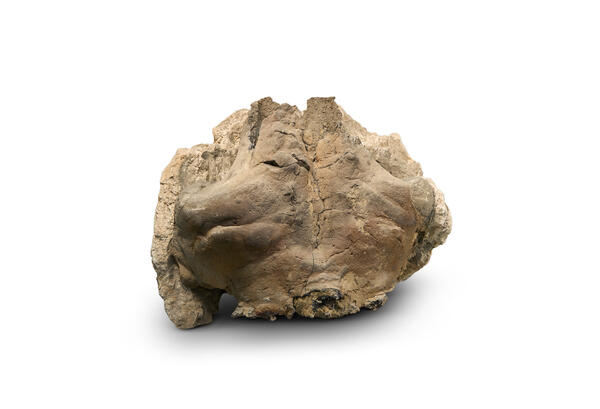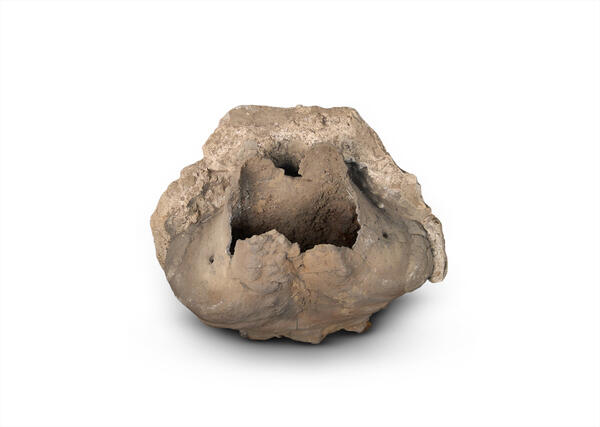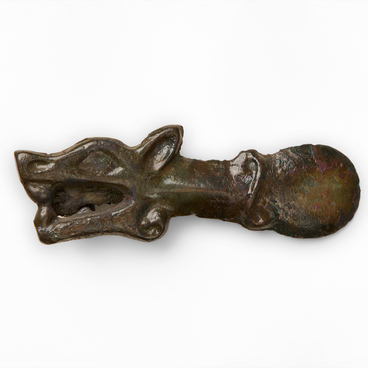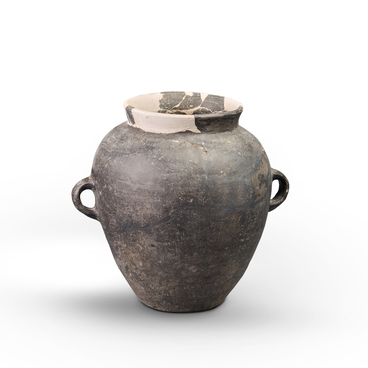The largest metallurgical site of the Saltovo culture was discovered in the Volokonovsky District of the Belgorod Region at the Yutanovsky archaeological complex, dating from the 8th to the 10th centuries. The monument was found in 1926 under the leadership of the archaeologist Sergey Nikolayevich Zamyatnin. The archaeological complex consists of a fortified settlement and three villages. On the site, a production zone with 92 craft structures was found, including three pottery workshops and 25 iron-smelting furnaces.
A bloomery furnace was specially designed for smelting iron from ores.
The furnaces from the 8th to the 10th century looked like this: a pit (shaft) was dug in the mainland clay for the future furnace. Then a furnace chamber was formed from clay and sand. Two air duct holes were made on the sides of the furnace chamber. The chamber was installed in the shaft, and the space between the walls of the chamber and the shaft was filled with fine-grained sand. At the bottom, the shaft had an opening and an inclined channel.
At the Yutanov complex, five types of bloomery furnaces have been identified. Ancient craftsmen loaded ore and charcoal from above through the furnace throat — the upper part of the furnace. The metallurgists most often used bog ore and brown iron ores as raw materials. The extracted ore was dried and crushed. The charcoal was ignited through the slag channel, which was filled with brushwood. The air was pumped in from both sides using bellows. The supply of hot air to the furnace led to the ignition of coal, whose carbon, in conditions of oxygen deficiency, burned to carbon monoxide. Thus, a reducing environment was created in the furnace, necessary for the reduction of iron. The process of direct reduction of iron from ore took place in the chamber. The iron particles, heated to a pasty state, stuck together and welded on the hearth (bottom) of the furnace, forming a bloom. The bloom was a porous material — a clinker of iron of uneven chemical composition with slag. The bloom was extracted through the charge hole — throat, while the slag, settling at the bottom, was released through an inclined channel into a prepared pit. Then the bloom was forged, compacting the iron and removing slag and impurities.
The resulting metal was not dense and was further
processed by blacksmiths. Metalworking production played an important role in
the economy of the population of the Saltovo-Mayaki culture.





